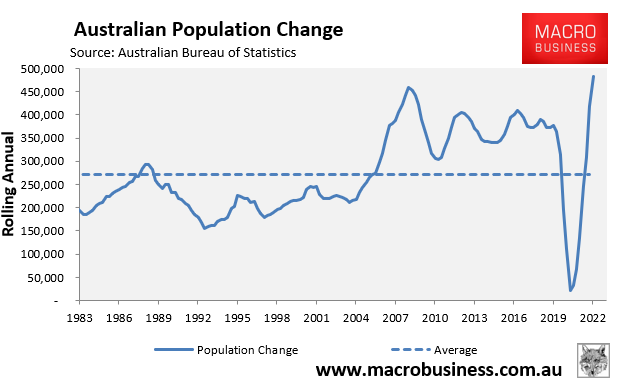The federal government is struggling to get its $10 billion Housing Australia Future Fund (HAFF) through parliament with the Greens and several crossbenchers indicating that they will oppose the bill in its current form.
The government released the final report of the Senate inquiry into the fund on Thursday.
The Greens’ dissenting report stated that the HAFF would actually make housing affordability worse, and urged the government to invest directly in social and affordable housing rather than via a future fund.
Below are key arguments against the HAFF from the Greens:
- In its current form the Housing Australia Future Fund (HAFF) legislation will see the housing crisis get worse.
- We can’t fix the housing crisis by gambling money on the stock market and not guaranteeing a single cent will be spent on housing.
- we can’t fix the housing crisis by crossing our fingers and hoping (if our investment makes the maximum possible returns, and we find the world’s cheapest construction) to build a maximum of 30000 homes when we need 715000.
- The current plan—to gamble $10 billion on investments via the Future Fund—could result in years where not a single cent is spent on housing. In fact, last year the HAFF would have lost $120 million. We would never accept leaving school and hospital funding up to a gamble on the stock market, so why should we do that with housing? Meanwhile, the government has offered literally nothing for renters, despite Australia experiencing a historic rental crisis.
- Even in the best-case scenario, where the Fund makes a decent return, spending on housing is capped at $500 million per year with no indexation. This means in 10 years’ time there will be a cumulative $515 million cut in housing spending.
- The government claims the Fund will finance the construction of 30000 social and affordable homes over five years. The current shortage of social and affordable homes in Australia is 640000 homes, which will grow by 75000 homes to 715000 homes in five years. This means even in the best-case scenario Labor’s plan will see the shortage of social and affordable housing end up bigger than it is now.
- To put this in historical context, if the Federal Government were to match rates of public housing construction in the 1960s, then the government would build 150000 public homes over the next five years.
- The fastest way to build public, community and affordable housing is by directly investing public money in building homes. Yet, under the Government’s proposal, first the Future Fund would need to earn a return on the stock market, then community housing providers would need to raise capital to build the homes. Only then would the Federal Government provide an ongoing rental subsidy. This will delay the construction of homes by potentially years.
- Under Labor’s housing plan, the housing crisis will get worse. The bills should not be passed in their current form.
The Greens are spot on in their criticism of the HAFF.
The HAFF’s target of building 30,000 new social homes over five years is a drop in the ocean given Australia’s population grew by nearly 500,000 people in 2022 alone on the back of Labor’s record immigration program:

Does Labor honestly think a 30,000 increase in social homes – which will only be delivered if the HAFF delivers high enough returns – is sufficient given the population will likely increase by at least 1.6 million over the same period? It doesn’t pass the laugh test.
As Dr Cameron Murray argued last week, Labor’s HAFF is a “a risky, expensive, and unnecessary waste” worthy of being a story arc on Utopia or Hollowmen:
Exclusive behind-the-scenes footage of how the housing future fund policy was created has been released
“Forget the details, smell the paper”https://t.co/3emv4eNDdl
— Cameron Murray (@DrCameronMurray) March 14, 2023
According to Murray:
Do we really think that spending $20 million in fund management fees per year in a Housing Fund and $5 million on research, to risk losing billions is better than just building new homes?
This fund has been portrayed as a low-risk long term politically-insulated funding source. It is exactly the opposite—it is a high-risk fund that defers tough housing spending decisions to future politicians who now have an excuse to limit housing funding to $500 million.
Another perversity is that the fund is designed “to create a funding source”. Yet, the legislation just says that Treasury will credit the fund with $10 billion. Where is that money coming from? Why doesn’t it need a funding source?
Given the Albanese Government has deliberately chosen to grow Australia’s population like a science experiment through mass immigration, it must massively increase funding for housing and infrastructure to accommodate the huge population increase.
Otherwise living standards will continue to slide backwards.

